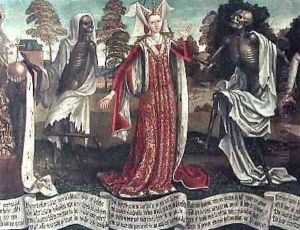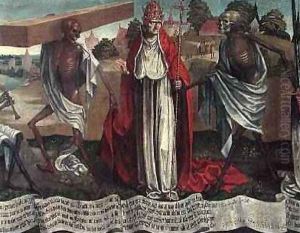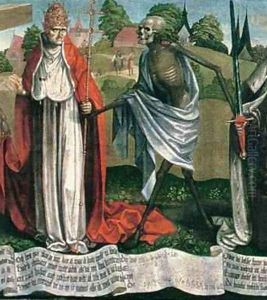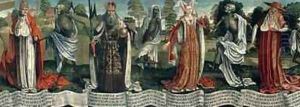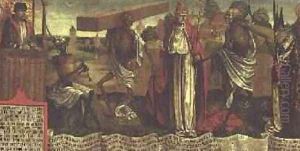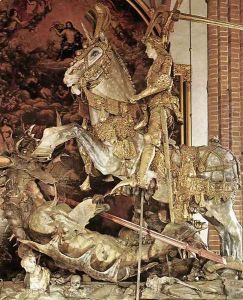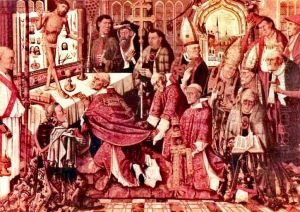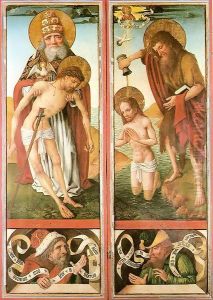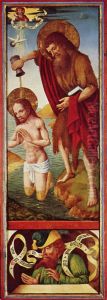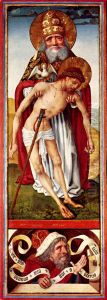Bernt Notke Paintings
Bernt Notke, born around 1435, emerged as one of the most significant Northern European artists of the Late Gothic period. Though exact details of his birthplace remain unclear, he is believed to have been of German or Scandinavian origin. Notke's career flourished in the Hanseatic League, particularly in Lübeck, Germany, where he spent a significant part of his life and where many of his works were commissioned. His contributions to art are characterized by their intricate detail, expressive figures, and the blend of Northern Gothic and early Renaissance influences.
Notke's training and early career are not well-documented, but he is thought to have traveled extensively, which influenced his artistic style. By the 1460s, he had established himself in Lübeck and ran a large workshop. Notke's works span a variety of mediums, including painting, sculpture, and woodcarving, showcasing his versatility as an artist. He is best known for his altar pieces, which were highly sought after by churches in the Baltic Sea region.
One of Notke's most famous works is the Saint George and the Dragon sculpture for the Storkyrkan in Stockholm, created around 1489. This piece, designed as a symbol of the city's power and protection, exemplifies Notke's skill in creating dramatic, lifelike figures. Another notable work is the Triumphal Cross in Lübeck's St. Mary's Church, demonstrating his mastery over large-scale religious sculptures.
Despite the challenges of researching an artist from this period, Notke's legacy is evident in the surviving works attributed to him and the influence he had on the art of the Baltic region. His death in 1509 marked the end of an era for Northern European Gothic art, but his innovative approach to form and detail continued to inspire artists well into the Renaissance. Notke's contributions remain a vital part of the study of Late Gothic art, offering insights into the cultural and artistic exchanges that took place in the Hanseatic League during the transition from the medieval period to the Renaissance.
